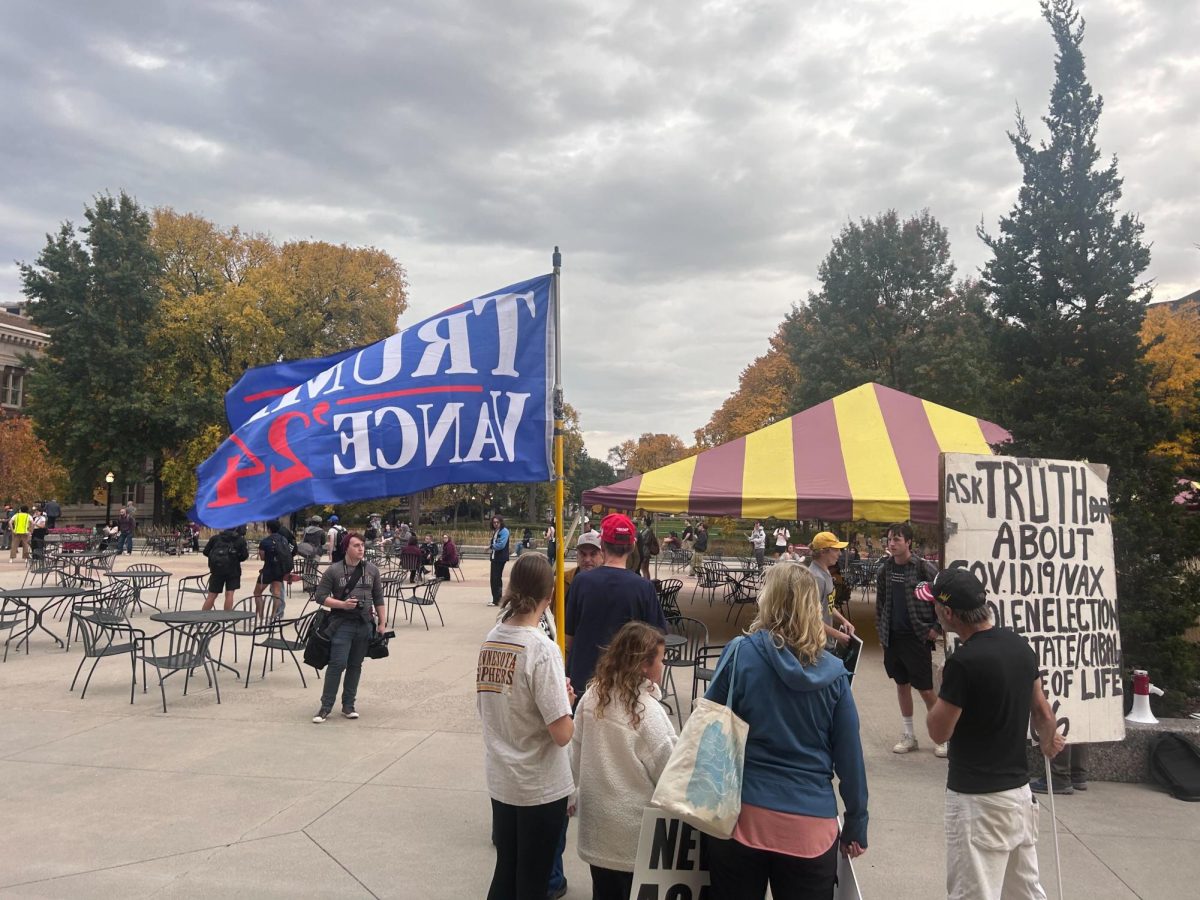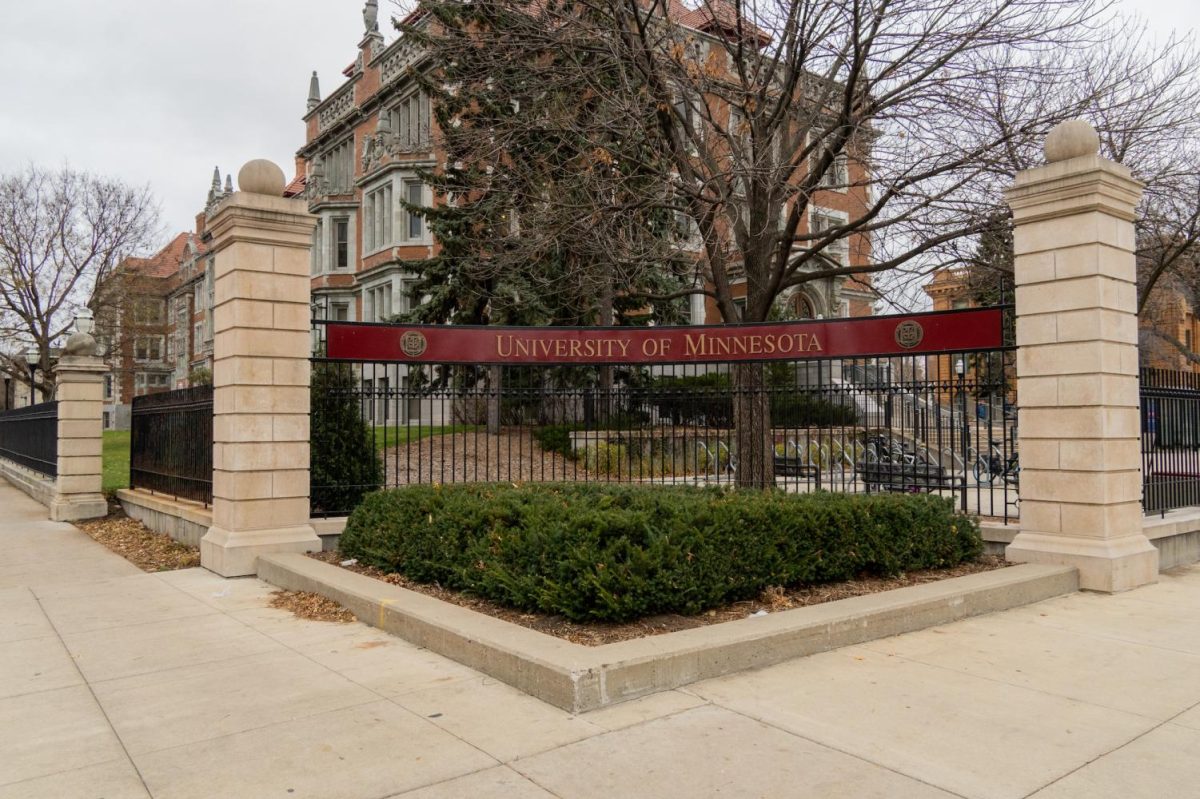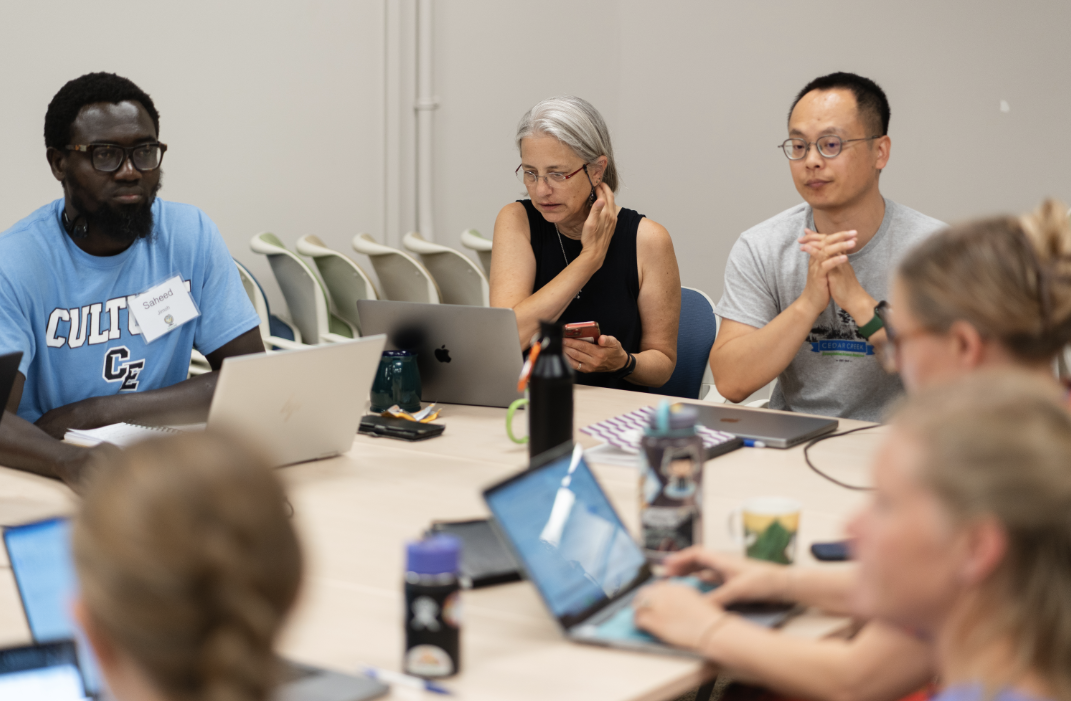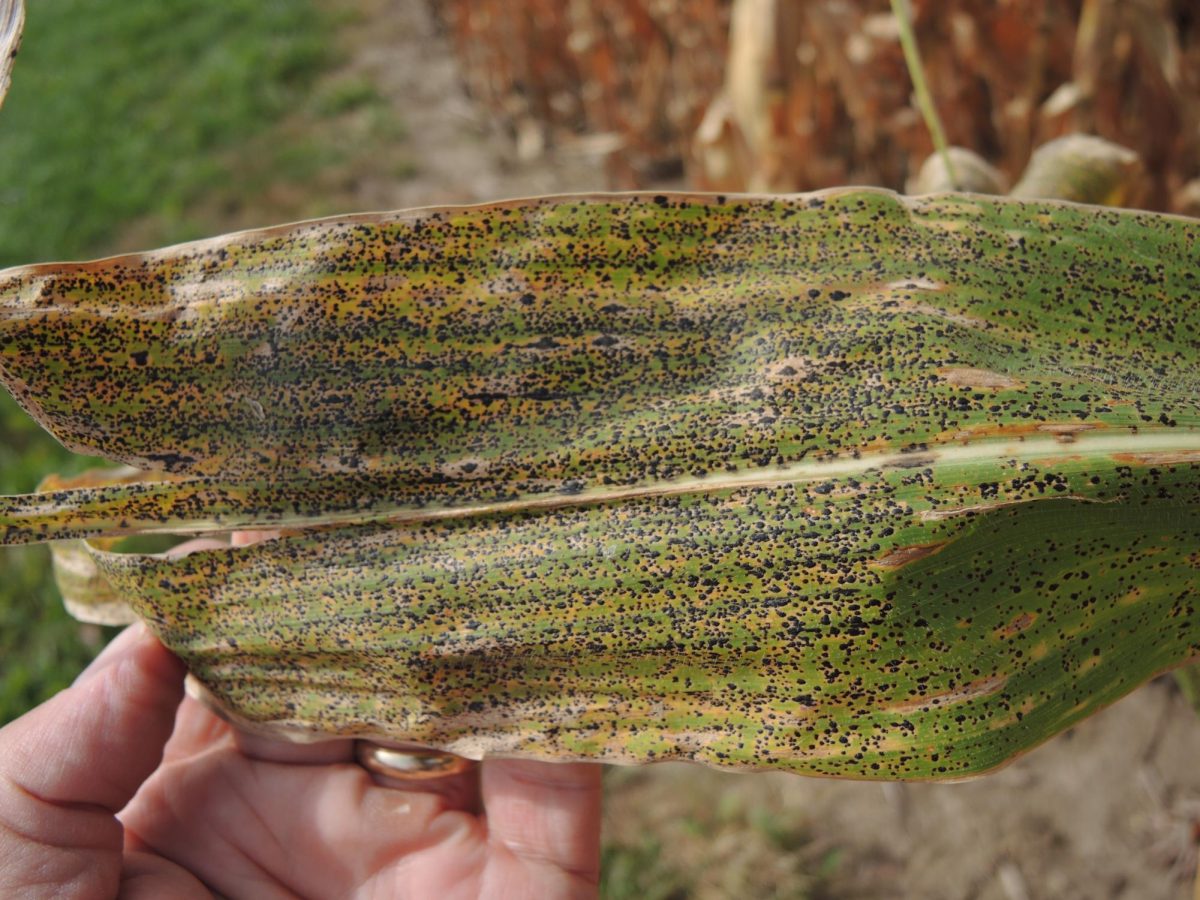The Sustainable Forest Education Cooperative (SFEC) partners with the University of Minnesota Extension and the College of Food, Agricultural and Natural Resources Sciences (CFANS) to offer continuing education opportunities for organizations.
SFEC is a hub for organizations involved in forestry and wildlife to collaborate to address environmental concerns.
The Forestry and Wildlife Research and Practice Review on Feb. 21 aims to bring forestry and wildlife practitioners together, said SFEC manager Eli Sagor. The review is held annually and aims to understand how to most effectively manage forests in ways that benefit certain wildlife species dependent on forests for their habitat.
Sawyer Scherer, a member of and forest ecologist for the UPM-Blandin Paper Company, said being a part of a paper company makes him interested in the long-term health and viability of forests.
By being a member of SFEC, UPM-Blandin is equipped with ways to protect biodiversity and contribute to climate adaptation, rather than just harvesting trees, Scherer said.
“I am not aware of anything quite like [SFEC] anywhere else in the country,” Scherer said. “There’s certainly continuing education programs in other states, but I’m really not aware of anywhere else where there’s this cooperative model where everybody comes together and is paying towards this self-improvement and education.”
SFEC studies ways to make a healthy, productive forest, Sagor said. For example, SFEC does research on invasive insects and how they affect tree health along with emphasizing the importance of looking at an entire ecosystem instead of a singular tree.
“Part of what makes [SFEC] so exciting to me is that we’re the people who manage Minnesota’s natural resources, and there are complex issues that need attention,” Sagor said.
SFEC does not rely solely on researchers to teach members, instead relying on all members to bring their unique expertise to serve the cooperative, Sagor added.
SFEC has 52 organizational members from private companies, public agencies and tribal natural resource agencies within the Division of Forestry, according to Sagor.
The Minnesota DNR-Forestry is the biggest and longest-term member of SFEC, Sagor said. The forestry division manages 4.2 million acres of Minnesota’s 59 state forests and other forested lands, according to the Minnesota Department of Natural Resources webpage.
Bob Milne, a Beltrami County land commissioner in the Minnesota DNR-Forestry Department, said one of the best aspects of SFEC is that it engages a diverse array of organizations and allows for information and resources to be shared from people with different experiences and knowledge.
“I think that’s part of what I really liked about SFEC because we just don’t know it all, and we all have different expertise,” Milne said. “An education cooperative can bring all those pieces together because we can’t do all the training on our own either.”
The DNR would not be able to provide events and webinars without SFEC, Milne said.
“Ecosystems are super complex, and so anyone who thinks they have the one right answer and everyone else is wrong is fooling themselves,” Sagor said. “What we try to do is to create a space for an active exchange of ideas and perspectives that can move everyone forward.”
In the Division of Forestry, employees may be trained on how to access the value of timber or go through basic fire training for wildfire response, Milne said. SFEC allows employees to expand on their areas of work and expertise with events and conversations.
Marcella Windmuller-Campione, associate professor of silviculture at the University, does applied work in forest ecosystems in collaboration with tribal agencies. She said the best part of the SFEC is its relationship with tribal nations and organizations within Minnesota.
The Fond du Lac Band of Lake Superior Chippewa are members of SFEC, Windmuller-Campione said. SFEC is currently partnering with the tribe to address underplanting of hemlock, an important plant in the forest’s ecosystem.
The virtual Silviculture Library, maintained through SFEC, hosts different case studies on forest management and forest health threats, Windmuller-Campione said. The library also allows students to assist in authoring pieces that get published.
“Our forests give so much,” Windmuller-Campione said. “SFEC is an opportunity to ask questions about forest management, and in turn benefiting everyone in Minnesota by having cleaner water [and] air and maintaining our wildlife.”














